This is the new trend: sprinkle your meals with pollen, but is it harmful or beneficial to your health?
Photos of delicious flavored dishes of pollen rain on Instagram. This is the new food trend, especially in the United States and France, and yet more and more people are suffering from allergies to this grain that invades our air in the spring. So what are the health benefits to eating? What are the risks?
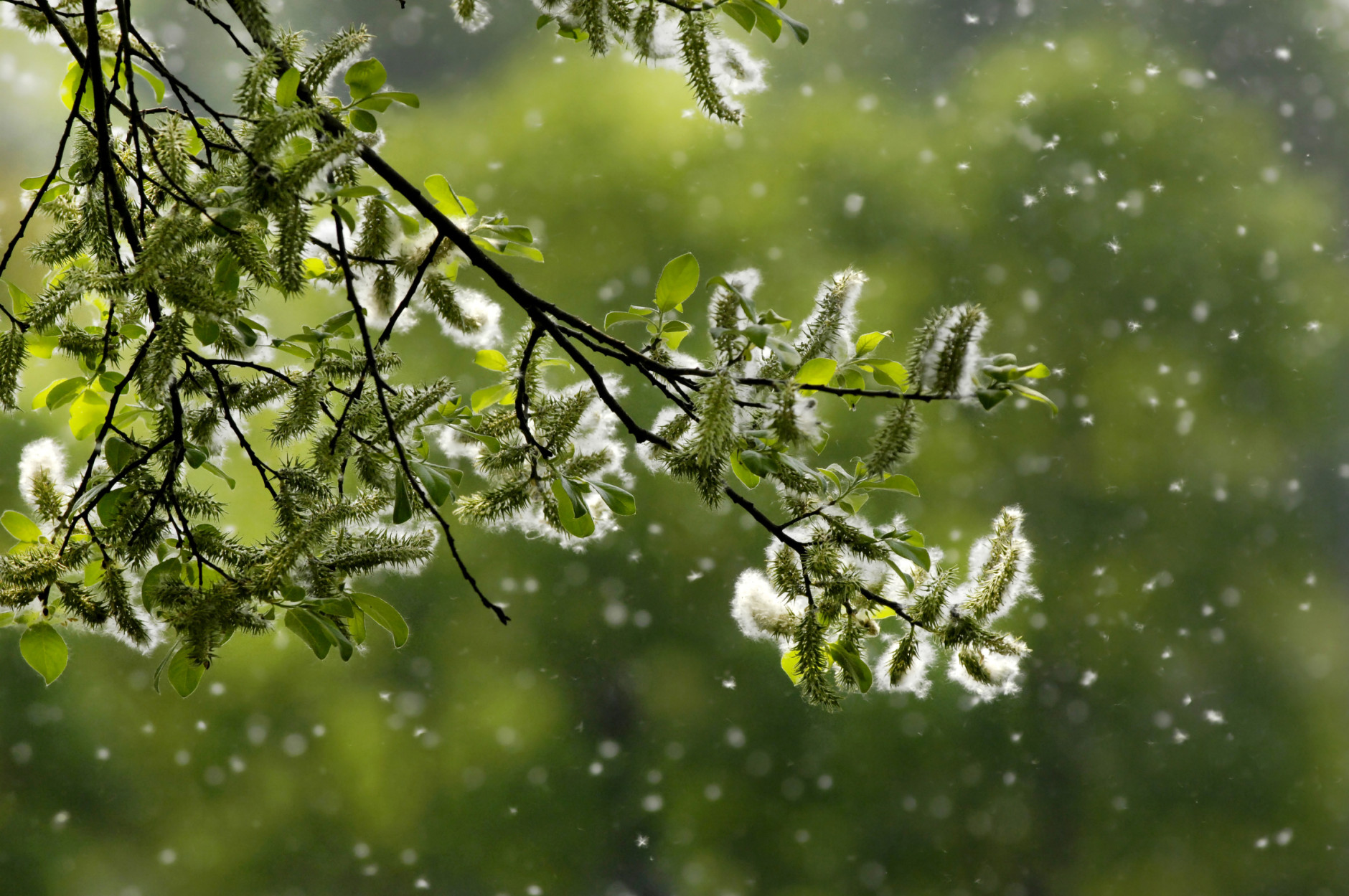
The first thing to know is what exactly is pollen. It is a "set of male grains of a plant, contained in the anthers of stamens, then dispersed", according to the definition of Larousse. Microscopic, these particles form a dust that is carried by the wind and carried by the bees when they pollinate the flowers. This dust is sent to the female organs of the flowers (the pistils), this is called pollination. Only the fertilization of the flowers allows the development of the fruits a little later.
But this dust can be very disturbing for our airways. Moreover, some doctors note an increase in cases of allergies in Belgium. "It is the Betulaceae that give the most troublesome symptoms such as sneezing, tickling of the nose and eyes, runny nose," explained ENT Patrick Levie a few days ago at RTL. "But it's true that in May and June, with grasses, it's more violent," he noted again.
What shape and what taste?
So why are the Instagrammers more and more numerous to take pictures of their plates of anything and anything embellished with pollen? First of all, it is necessary to know that the food pollen is most often in the form of yellow seeds, and not dust. It can be dry (with a softer consistency) or fresh (more crisp). Unlike regular seeds and other dried fruits, it is more a condiment than a food proper. It perfectly embellishes your sauces and dishes both salty and sweet.
Taste level, the pollen has a floral flavor, slightly bitter, with back notes of butter, according to the testimonials of the Net surfers on Instagram. But everything depends on the flower from which it comes. Thus, the pollen of rockrose has an acidulous taste, the pollen of chestnut has, him, powerful and sweet notes, and pollen of willow, preferred for its nutritional richness, presents a more bitter flavor.
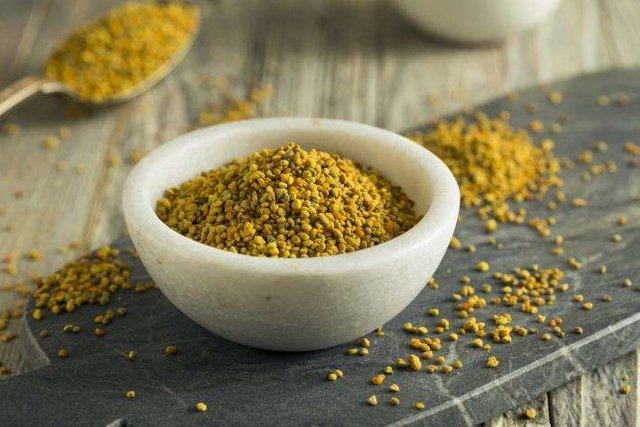
Where to find it?
Food pollen is often sold in pots, following a similar packaging to honey, in organic stores and some parapharmacies. On Newpharma.be, you find it at 8,63 euros for 250 grams. In more specialized stores, it can be a bit more expensive. On Biovea.net, for example, it is sold in powder (and not grain) at 13.20 euros 225 grams and also in the form of tablets 20.90 euros 100 capsules. Finally, there are of course on Amazon at more or less low prices.
Once the pot is open, it does not keep like any condiment. As fresh pollen is very sensitive to air and heat, it is better to leave it in a closed container in the freezer and leave it as you go.
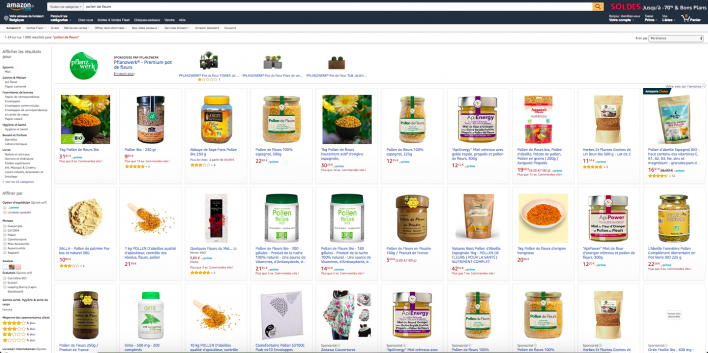
Health benefits
Dosage, it is mainly in cure during the fall and winter to chase the seasonal depression and strengthen your immune system. "One tablespoon (about 15 grams a day) during a seven-week cure to be done twice a year, during the spring and autumn," recommends the French Onatera organic boutique on its website.
But why take it?
As defined by the Oxford Dictionaries, pollen is a "super food" because it is "rich in nutrients and particularly beneficial to health and well-being". According to the flower of which it is native, "the pollen brings 50 to 60% of carbohydrates, 15 to 30% of proteins, many minerals, various antioxidants (vitamins, carotenoids, polyphenols) and lacto-ferments when it is fresh", specifies to the magazine Top Health the doctor in nutrition and author of the book "Take care with the products of the hive" Nicolas Cardinault. Alain Coutant, specialist on the subject and supplier in honey and pollen, confirms his words to France Info: "When it is fresh, 100 grams of pollen equivalent to the proteins of 6 or 7 eggs and 700 grams of red meat".
But as the taste differs depending on the floral origin, the effects on the human body too. Each pollen brings a lot of benefits: the pollen of rockrose boosts especially the natural defenses, whereas the pollen of willow improves the sight, specifies an expert in naturopathy in the chain M6.
The risks and last tips to have in mind
But beware, pollen is not suitable for everyone and all meals. It remains an allergenic substance that can trigger more or less strong reactions in some people. If you already suffer from pollen allergies, it is therefore to be avoided.
Likewise, it is not recommended for children under two years old. In pregnant women and nursing mothers, no negative effects have yet been established. But since it is fashionable only recently, some aspects of pollen are still unknown. So, it's like everything, there is only abuse that can be harmful.
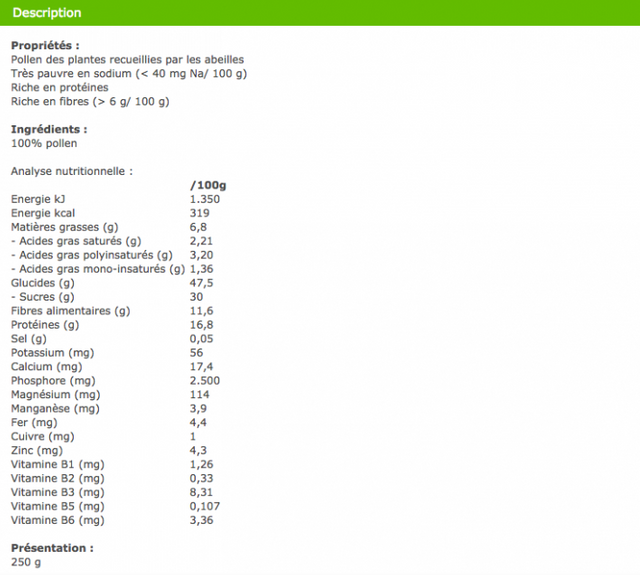
Here are some recipe ideas:
you can sprinkle on fresh fruit
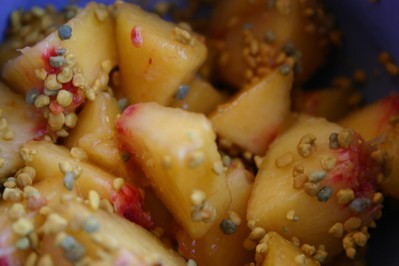
All sorts
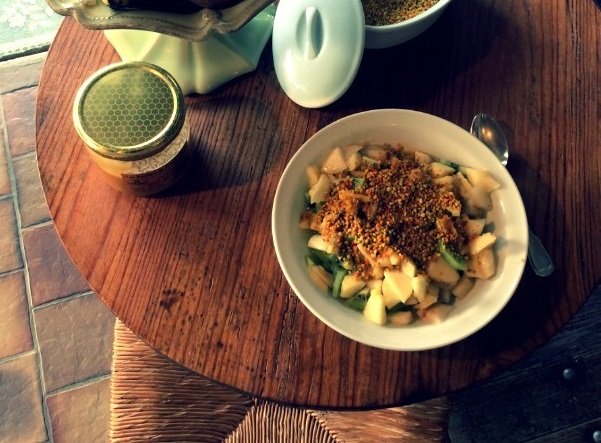
Put a spoonful in porridge or muesli for lunch
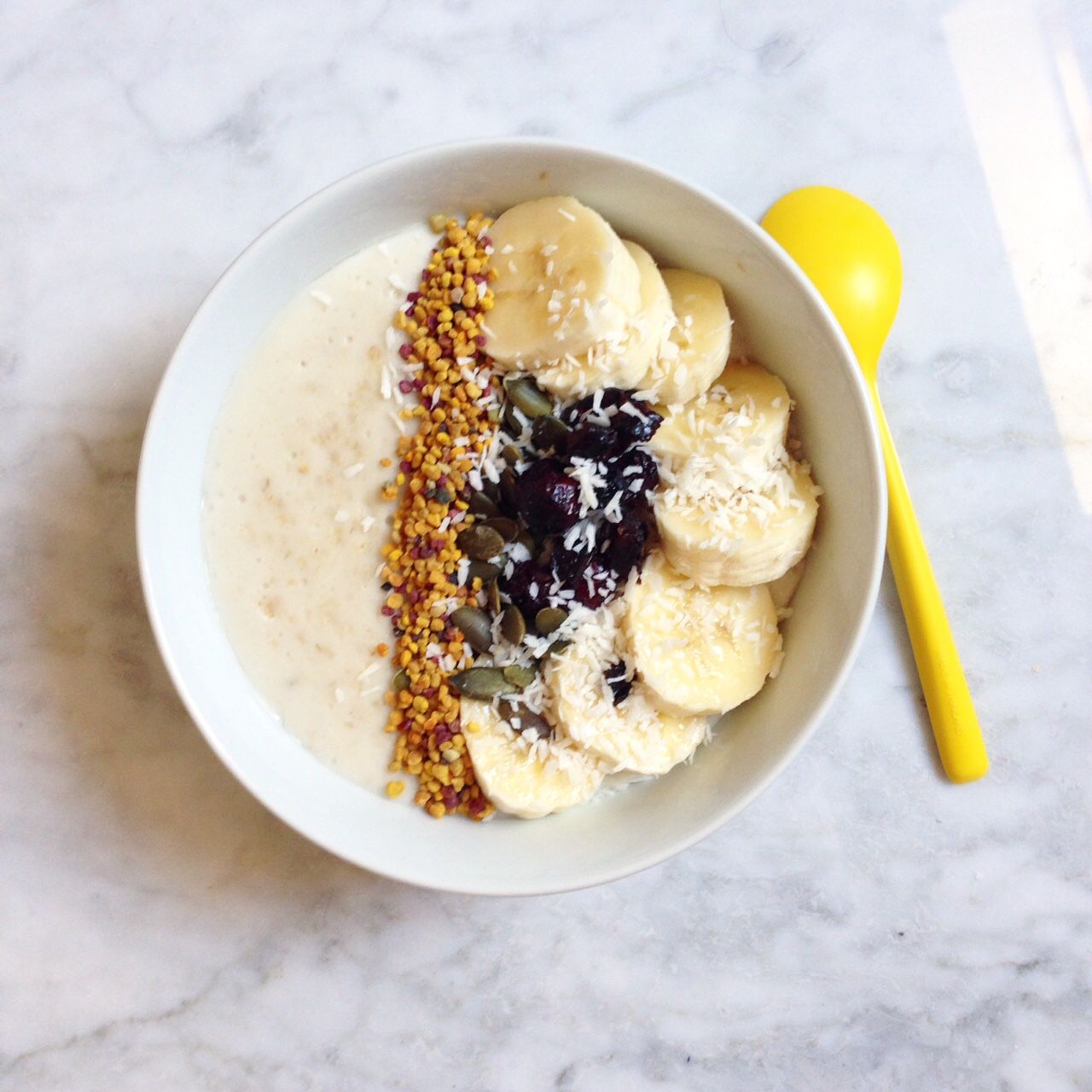
To mix in your cereals
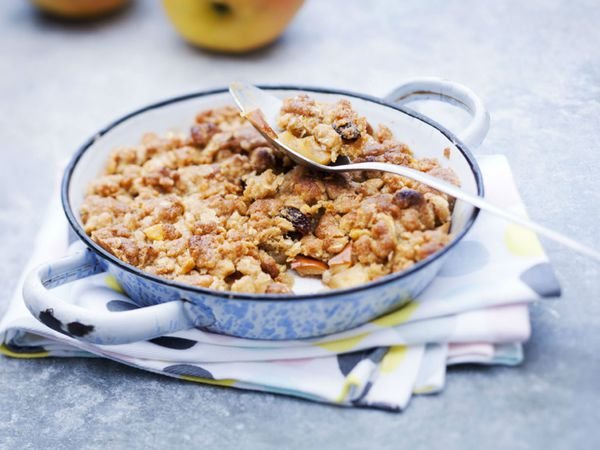
In a smoothie
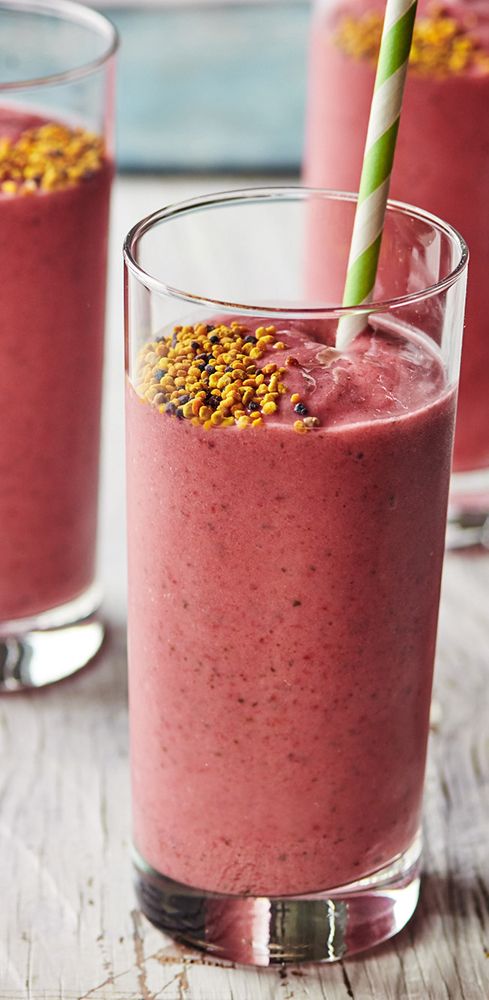
Make protein cereal bars (the top if you do weight training)
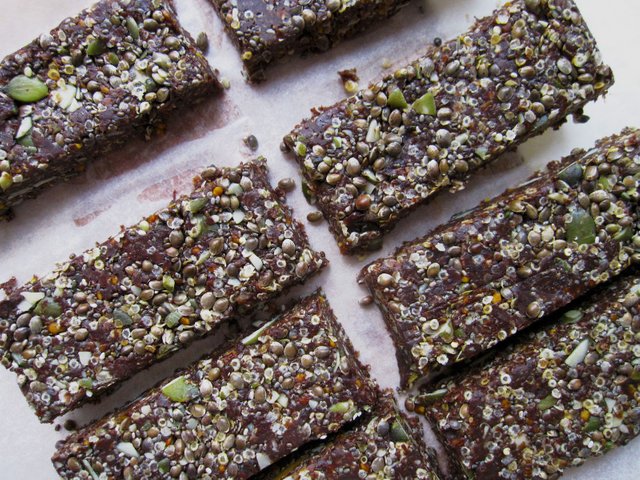
In pancakes
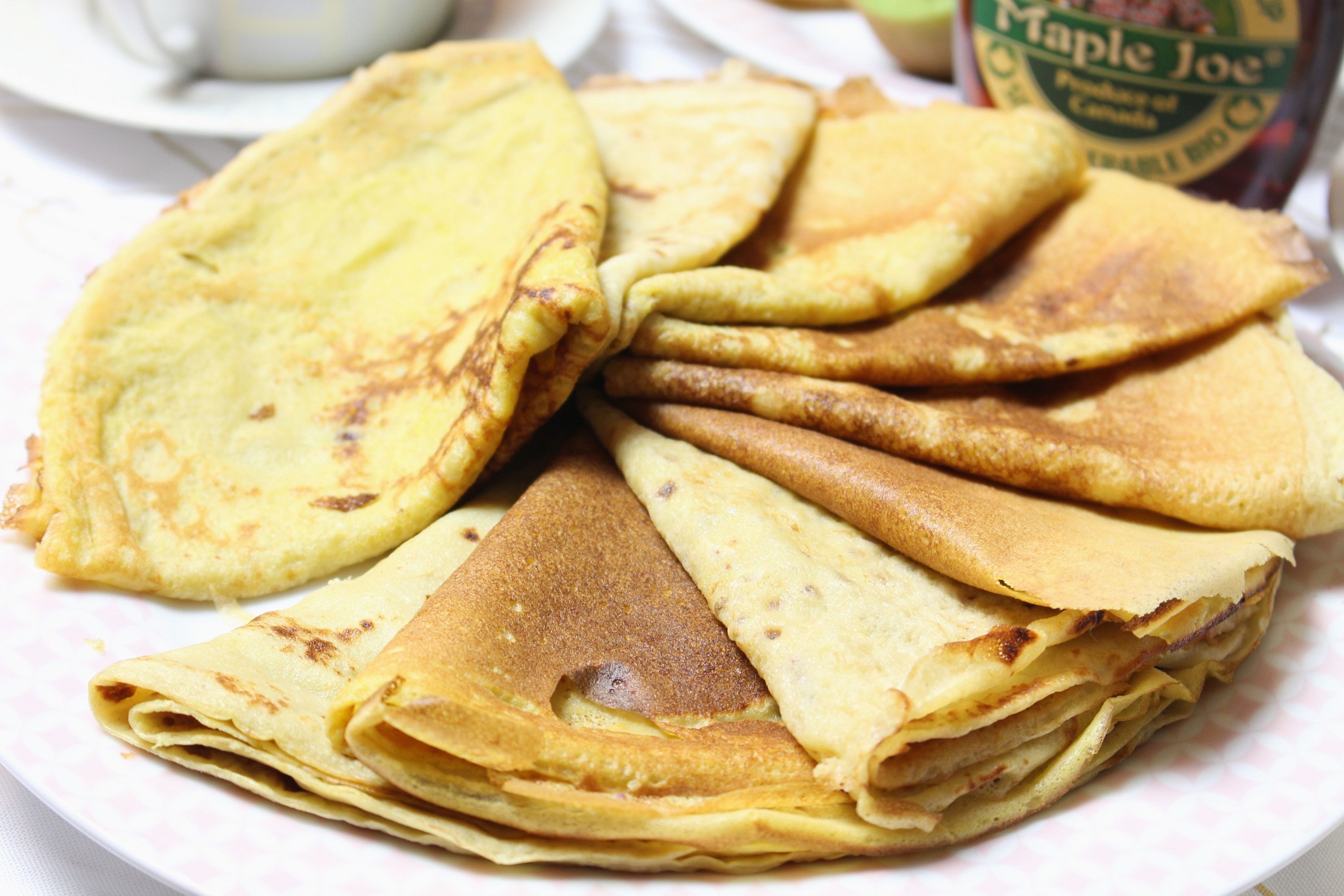
On a salad for lunch
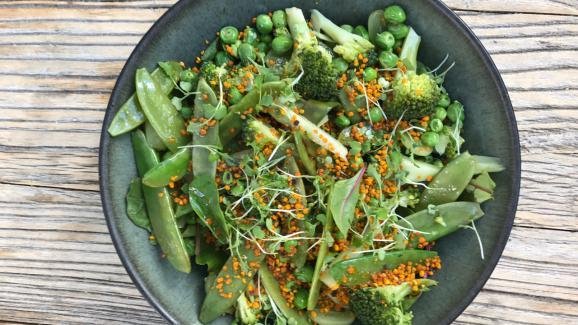
Or even on pasta!
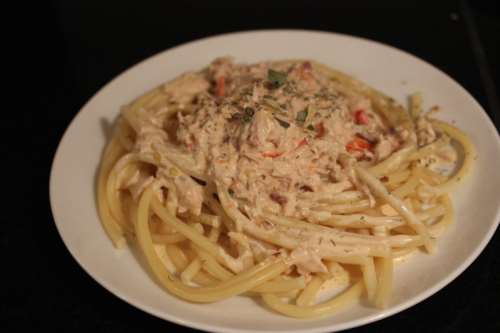
I was told to take pollen for my anaemia, it's said to contain high levels of iron